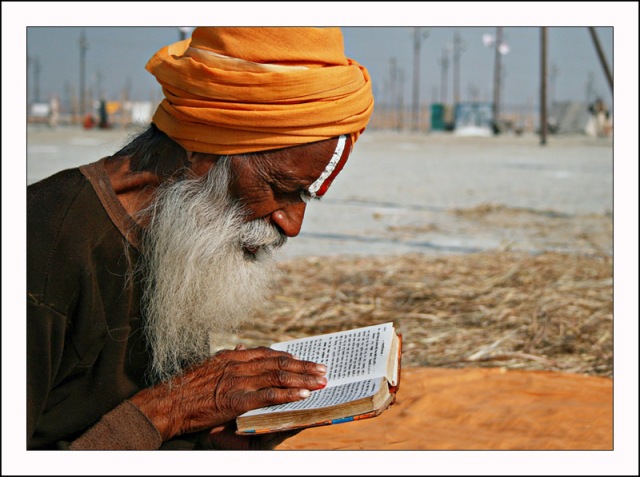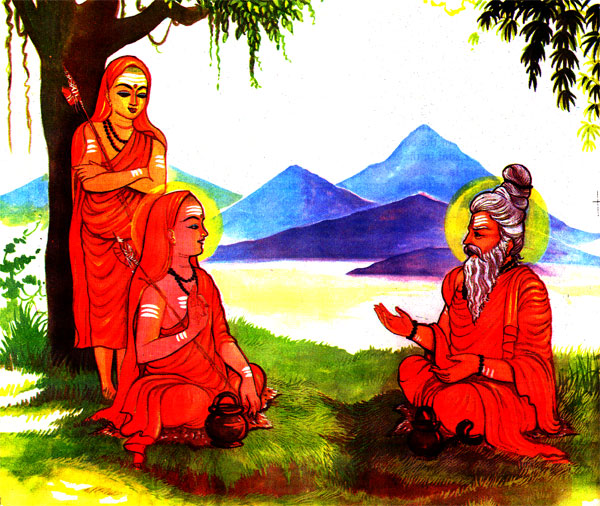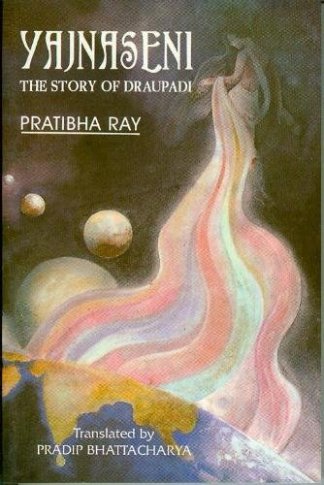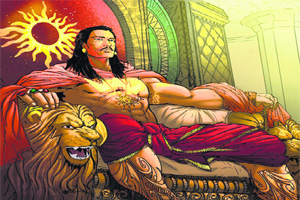I just reread Richard Eaton’s book The Rise of Islam and the Bengal Frontier, 1204-1760, and thought I’d make some observations on the theory it purports, and some of the implications. The entire book is available for free: Here.
The Theory
Eaton’s theory of Islamization rests on a much broader theory of how Bengali religion; both Hindu and Muslim was transmitted. It goes more or less as follows: New agricultural technologies, systems of land tenure, and legal/governing institutions were the main drivers behind the spread of both religions. Initially Brahmins, but later Sufis would head into a new region of the delta and establish themselves as local elites responsible for agricultural management (a similar pattern can be seen in the Deccan). Often the Sufi leader and his institution, or a temple institution would get a land grant from the state for this purpose, but this was not always the case. These religiously affiliated colonists brought with them new agricultural technologies from the west, which they would then implement locally. By some arrangement, religious elites became aligned with political elites. This was either because a preexisting regime sent out the Brahmins/Sufis in the first place, or because the regime sought to co-opt them once they had gained a following, and increased local agricultural productivity. Along with religion, the Brahmins and Sufis would bring in with them notions of law, languages, trading customs, etc. which brought eastern regions into the orbit of Indic civilization. In western Bengal this happened in the Epic period. In north Bengal, this happened in the historical period just preceding the Mughals. Due to its lateness, the land tenure system in the north was more primitive, relying on corvée labor rather than taxation in the form of crops or currency which existed in the west of Bengal. In the east and south of the delta however, no organized system of agriculture, government, or religion existed prior to the Mughal period. It was what we would call “aboriginal.” The main driver of this entire pattern was the eastward shift of the Gangetic delta between ~1400 and 1800, which rendered old land less productive, and forced people to confront the task of clearing and farming the forest. This moving river system thus constitutes a frontier in multiple dimensions; ecological, political, technological, and religious. All of these frontiers long predate the presence of Islam in the subcontinent, and can be easily discerned in earlier Sanskrit depictions of the region. Most of Bengal is described as mleccha territory outside the domain of “Aryavarta” in Sanskrit texts like the Baudhayana Dharmasutra (5th c BCE). Thus, Islamization is just the most recent episode in a phenomenon, which has roots in the Bronze or Iron Age.
Other Theories
This general pattern explains the population drift, and the transmission of new religion and technology eastward over time. But here it might be necessary to back up a step. The broadest problem, which Eaton is trying to solve, is the uncanny distribution of Muslim populations in the subcontinent. It is striking on a demographic map that Muslims are concentrated on the eastern and western flanks of north India, but are thinly spread out in the middle. Eaton lays out the prior 4 theories to explain Islamization before presenting his own. They are as follows: Continue reading











